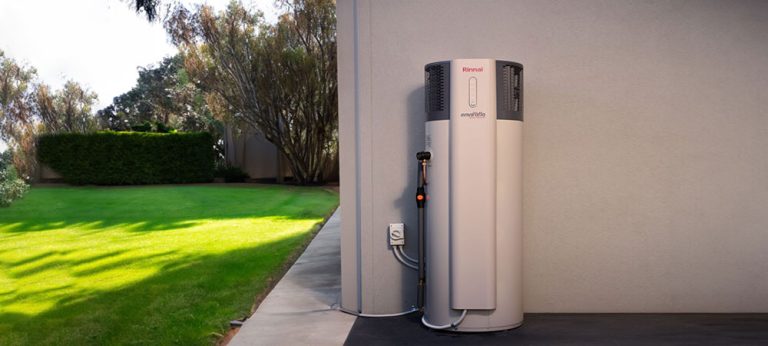
Log fires have become a popular choice for homeowners seeking the warmth and ambiance of a traditional fireplace without the hassle and mess of wood.
These modern heating solutions combine efficiency, convenience, and aesthetic appeal, making them a perfect addition to any living space.
In this article, we will explore the features, benefits, and specifications of gas log fires, and compare them with electric log fires to help you make an informed decision.

Feature | Gas Log Fires | Electric Log Fires |
|---|---|---|
| Installation | Requires professional installation, may need gas lines and ventilation | Easy installation, typically just needs a standard electrical outlet |
| Maintenance | Annual servicing recommended, less ash and soot compared to wood fireplaces | Minimal maintenance, no ash or soot |
| Safety | Equipped with safety features like oxygen depletion sensors and flame failure devices | Safe for children and pets, no real flames |
| Efficiency | High efficiency, provides consistent heat output | Highly energy-efficient, converts most energy into heat |
| Realism | Realistic flame effects, replicates the look of a wood fire | Advanced flame effects, customizable intensity and color |
| Operation | Controlled via remote, wall switch, or smartphone app | Simple operation, often includes remote control and timer functions |
| Environmental Impact | Lower emissions than wood fires, environmentally friendly | No emissions, eco-friendly |
| Heat Output | High heat output, suitable for large spaces | Variable heat settings, suitable for small to medium spaces |
| Cost | Higher initial cost, but cost-effective in the long run due to efficiency | Generally more affordable upfront, lower operating costs |
| Aesthetic Appeal | Adds a traditional, cozy feel to the home | Modern designs that enhance room aesthetics |
Gas log fires provide a realistic and efficient heating solution that combines the charm of a traditional fireplace with the convenience of modern technology.
Here are the key features and benefits of gas log fires:
Electric log fires offer a versatile and convenient alternative to traditional wood-burning fireplaces. These units are designed to mimic the appearance of a real fire, providing the warmth and ambiance desired without the need for gas or wood.
Here are some key features and benefits of electric log fires:

Q: Can I install a gas log fire in an apartment?
A: Installation of gas log fires in apartments may be possible, but it depends on the building’s regulations and availability of gas lines. Always consult with a professional installer.
Q: How often do gas log fires need to be serviced?
A: Gas log fires should be serviced annually to ensure they operate safely and efficiently.
Q: Are electric log fires safe for children and pets?
A: Yes, electric log fires are safe as they do not produce real flames, reducing the risk of burns and accidental fires.
Q: Do gas log fires require a chimney?
A: Many gas log fires can be installed without a traditional chimney, using direct vent systems that expel gases through an exterior wall.
Gas log fires and electric log fires both offer modern, efficient, and aesthetically pleasing alternatives to traditional wood-burning fireplaces. Electric log fires are perfect for those seeking easy installation, low maintenance, and safe operation, while gas log fires provide realistic flame effects, high efficiency, and consistent heat output.
When choosing between the two, consider your heating needs, installation possibilities, and maintenance preferences to select the best option for your home.
Immerge Group is a Rinnai authorised service partner and not only do we supply and install Rinnai continuous flow hot water systems, but we service also provide maintenance and service repairs too!
Whether you choose an electric log fire or a gas log fire, both options provide an excellent way to enhance the comfort and ambiance of your home. Electric log fires offer convenience and flexibility, while gas log fires deliver realistic flames and efficient heating. By understanding the features, benefits, and specifications of each type, you can make an informed decision that meets your needs and enhances your living space.

Heat pump water heaters are remarkably efficient because they transfer heat rather than generate it.

Rinnai first introduced continuous water flow systems in Australia back in the early 90s. Read more...

Rinnai air conditioners offer the latest technology with increased energy efficiency with latest features.
Immerge Group is an Australian owned business and Authorised Rinnai & Brivis Service Partner.
Immerge has been providing professional services to Melbourne homes and businesses for over a decade and has established a reputation for quality, service and value.
Copyright 2023 – Immerge Group